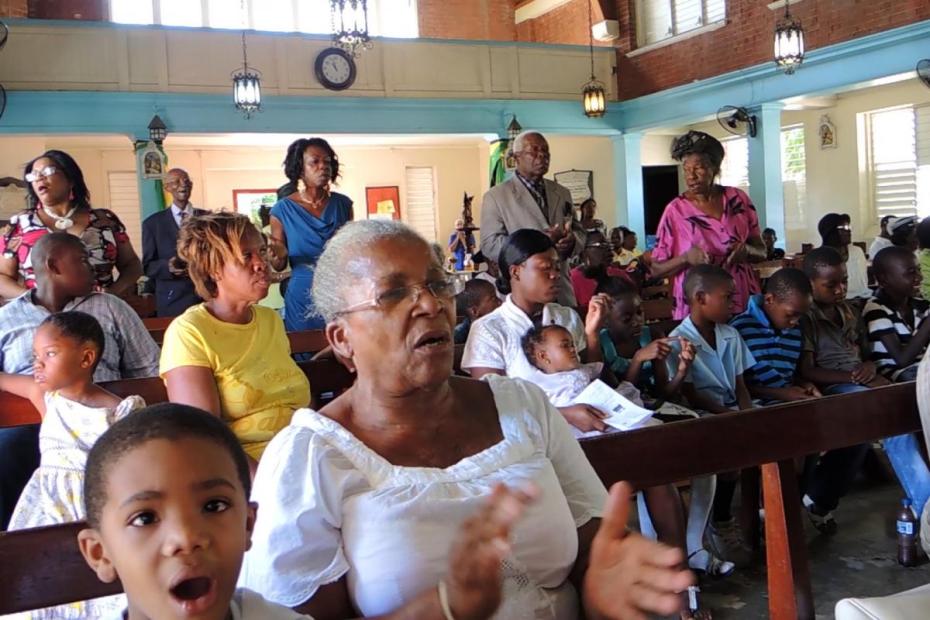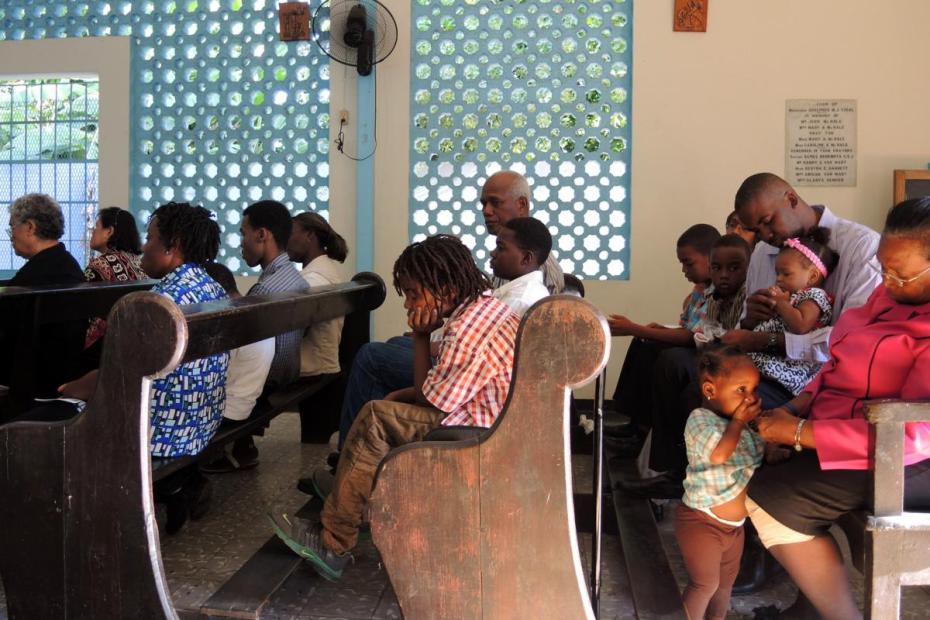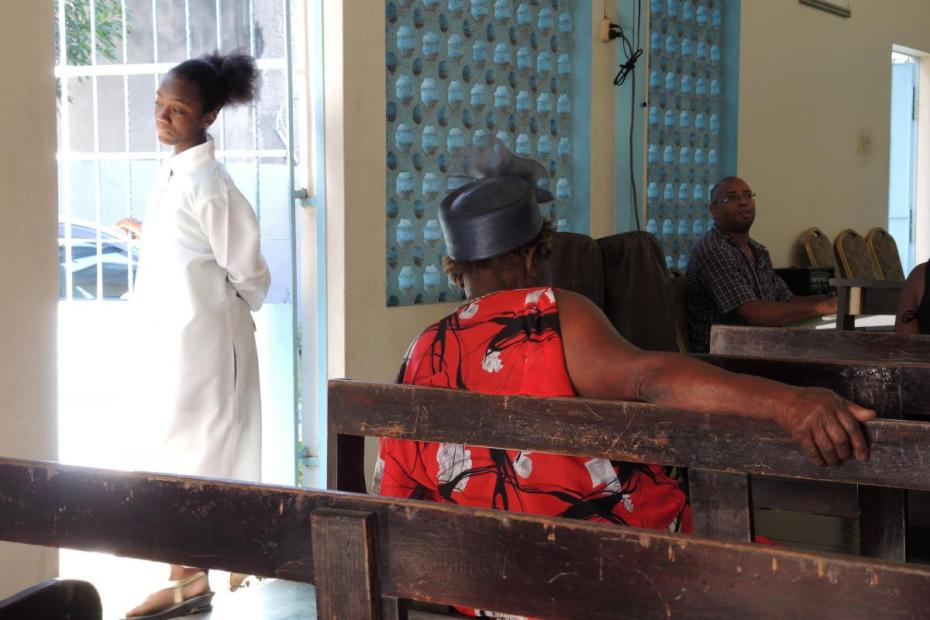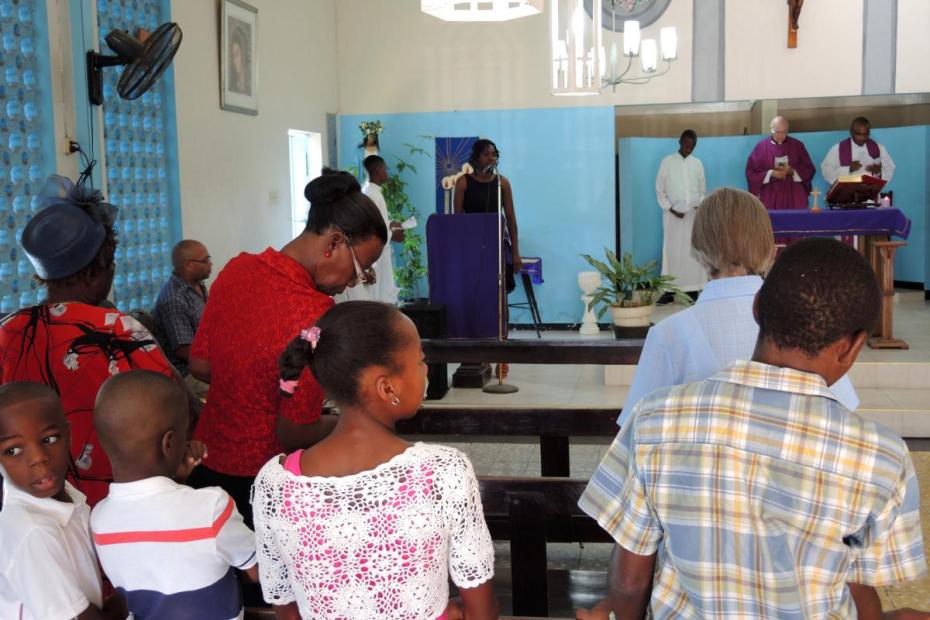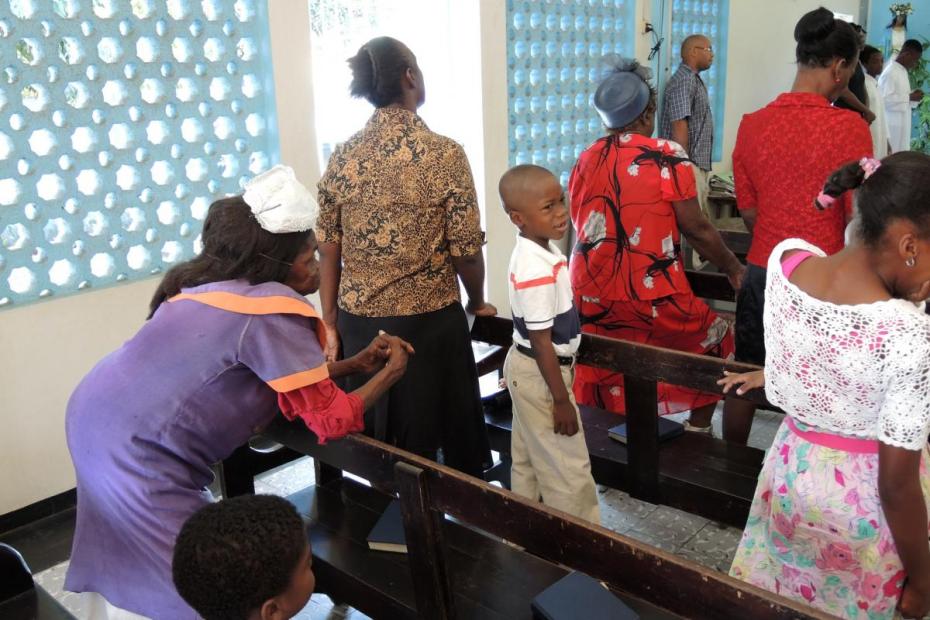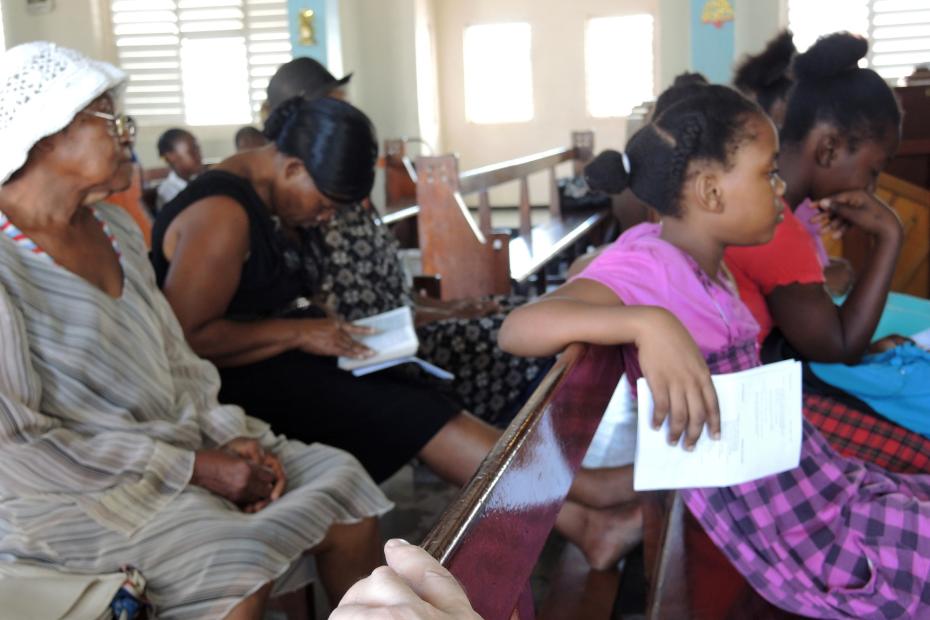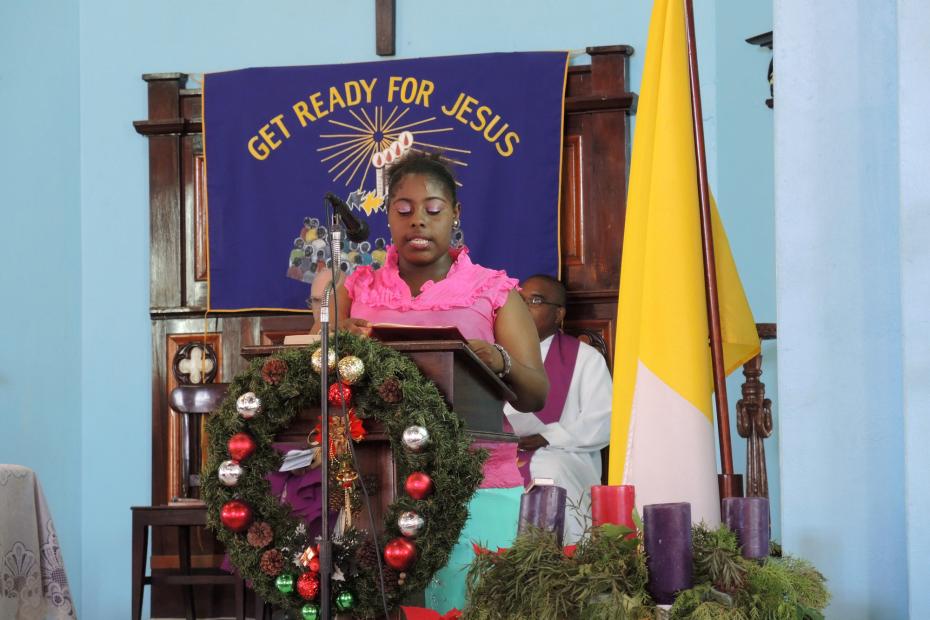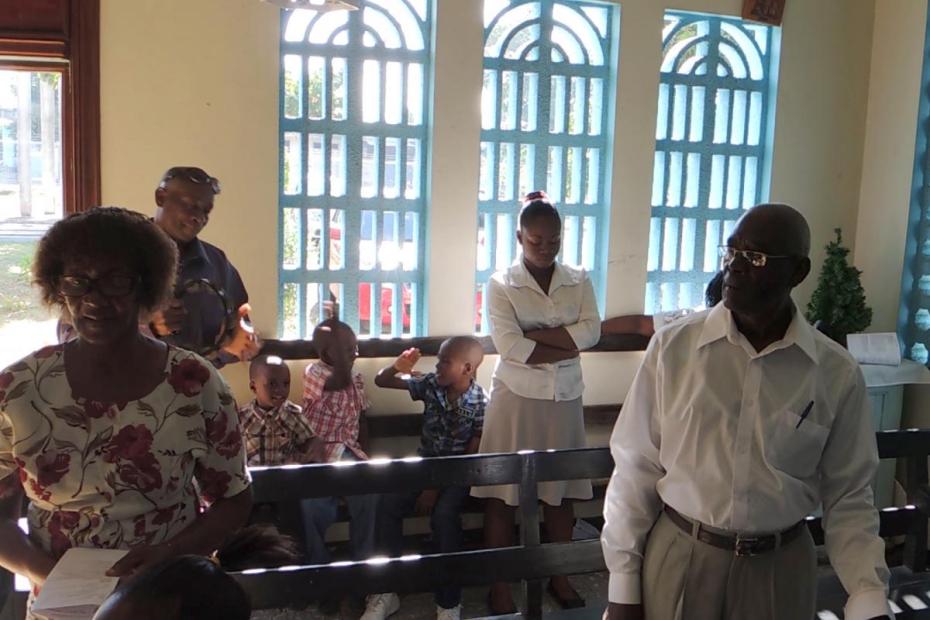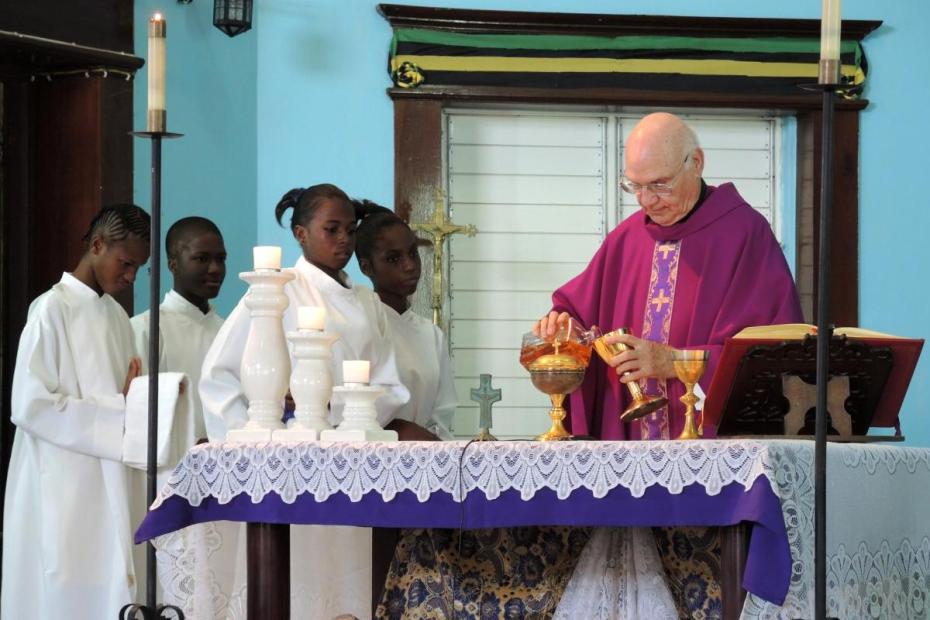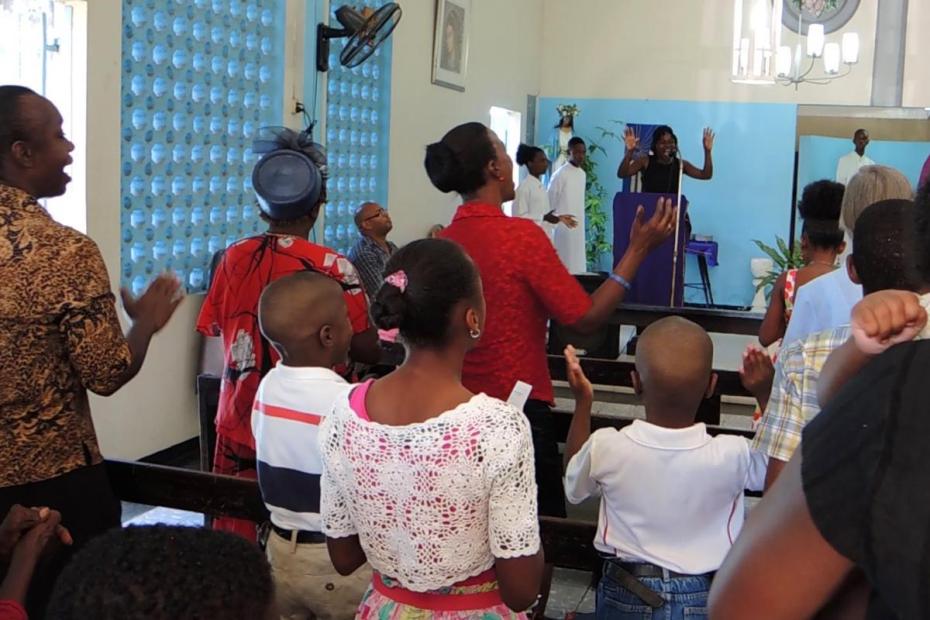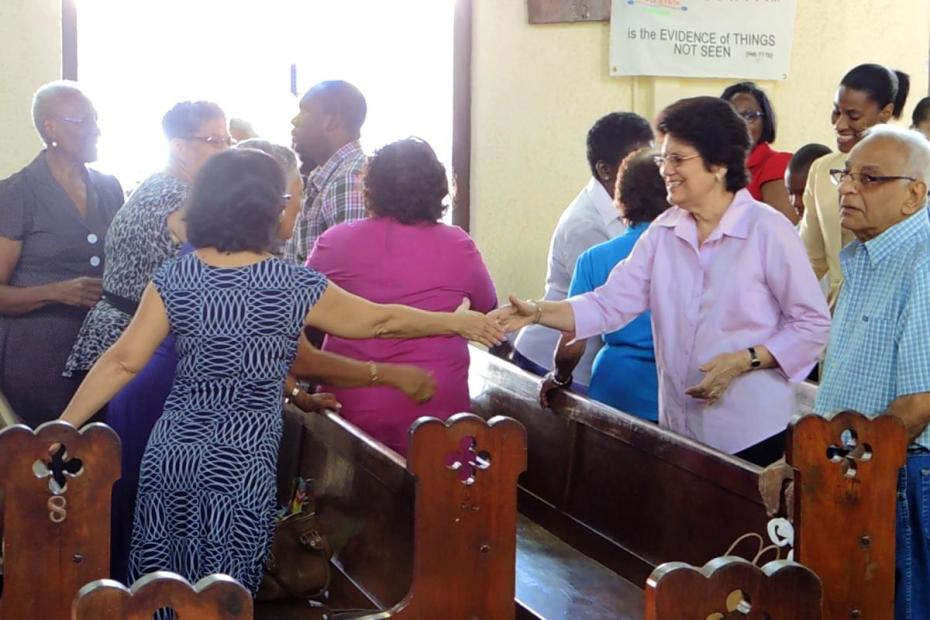The word “style” can seem trivial or even consumerist when it comes to culture, but in Jamaica, as in many other countries, the style of worship is extremely important. Pentecostal worship sets the norms against which all other worship is commonly perceived on the island. This sets up a tension between North American Catholic styles of worship and the norms established by Jamaican Revivalism and Pentecostalism. When explaining why people are attracted to or dismayed by Catholicism, and to explain why Catholic affiliation is declining, Jamaicans often cite the style of liturgy, especially interpretations of how staid or lively it is.
Still, not surprisingly, not all Jamaicans want the same style of worship at Mass. Social class does influence perception. Broadly speaking, middle and upper class Catholics are more likely to prefer more European and North American Catholic styles of worship, and poorer Catholics tend to prefer the addition of more Pentecostal influences. Almost all Catholic liturgies here adopt elements of Pentecostal worship, along a style spectrum that ranges from what might be described as a gentler Caribbean lilt to efforts to preach in a more full-blown Jamaican Pentecostalist style, including call and response.
Pentecostal worship in Jamaica puts a premium on enthusiasm and emotional response, extremely active oral and bodily participation, speaking in tongues, healing, saving and cleansing. Pentecostal-style Jamaican worship is expected to be joyful, to provide worshipers with a "good time," even if at other times it includes strong calls toward repentance.1
Diane Austin-Broos describes the order of worship services at Pentecostal churches as "nearly always the same: choruses and hymns began the gathering, followed by a reading from the psalms, then prayers and a reading from the gospels, healing through water sprinkling and laying on of hands, a sermon and collection hymn, after which would come further choruses and the possession of band members by their prophets or evangelists, followed by laboring in the spirit, and finally, prayers and dispersal of the band."2
Music plays a central role in Pentecostal worship, “as an embodiment of worship rather than as a frame for worship.”3 This tendency carries over incompletely into Jamaican Catholic worship, which still aims to give central experience to word and sacrament, but also often tries to incorporate that Jamaican Pentecostal cultural norm without letting it “overpower” word and sacrament.
Movement—swaying rhythmically, waving hands, clapping, greeting all in church at the kiss of peace—has become much more important in Jamaican Catholic liturgies than it is in much of the Catholic world. Jamaicans often find Catholic movement (kneeling, standing and sitting quietly) to be relatively inert, and many have adopted a more charismatic or Pentacostalist style. Middle- and upper-class Jamaicans long tended to prefer more European style services, whether liturgical or word-based ones, but this is changing as Pentecostalism becomes the norm. Many will still hesitate because they see the European style movement as more respectable.
Style of dress plays a significant role in Jamaicans’ experience with churchgoing. Asked for a visual that most represents religion in Jamaica, many Jamaicans describe women dressed to the nines, wearing a hat and with children in tow, carrying a Bible on the way to church. Catholics in interviews said that one of the things that made them stand out from other worshipers in Jamaica is the fact that they are more at ease about clothing and welcome anyone, no matter how dressed, to church.
Videos from Holy Cross Church, Holy Name of Jesus Church and St. Anne’s Church are witness to three different social class situations. Holy Cross is a middle class parish, Holy Name is working class, and St. Anne’s is in a very poor neighborhood. Even within each parish, one can also see different styles of worship among congregants in the same community. Worshipers often arrive late (“on Jamaican time”), and it takes time for the musical energy of the service to ramp up. Liturgies last 1½ hours or more. Before the close of Mass, it is typical to publicly welcome visitors and to invite up parishioners who have birthdays, anniversaries or who are traveling, and to give them a blessing. Worshipers tend to linger after Mass, whether to pray or to visit one another.
